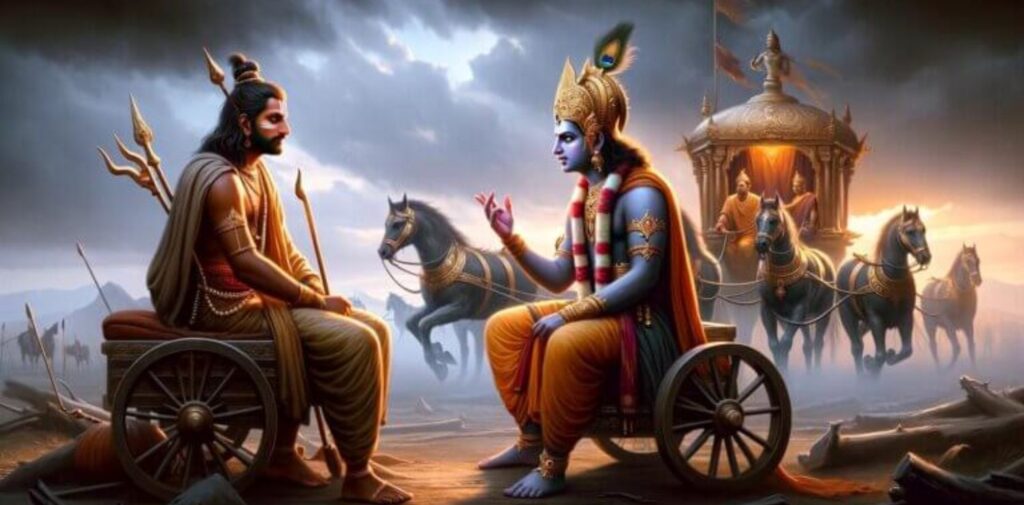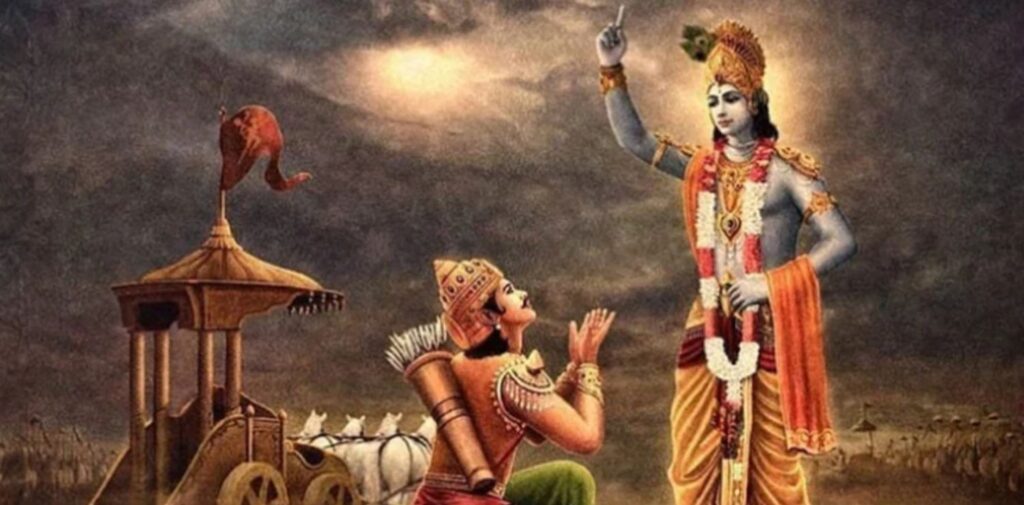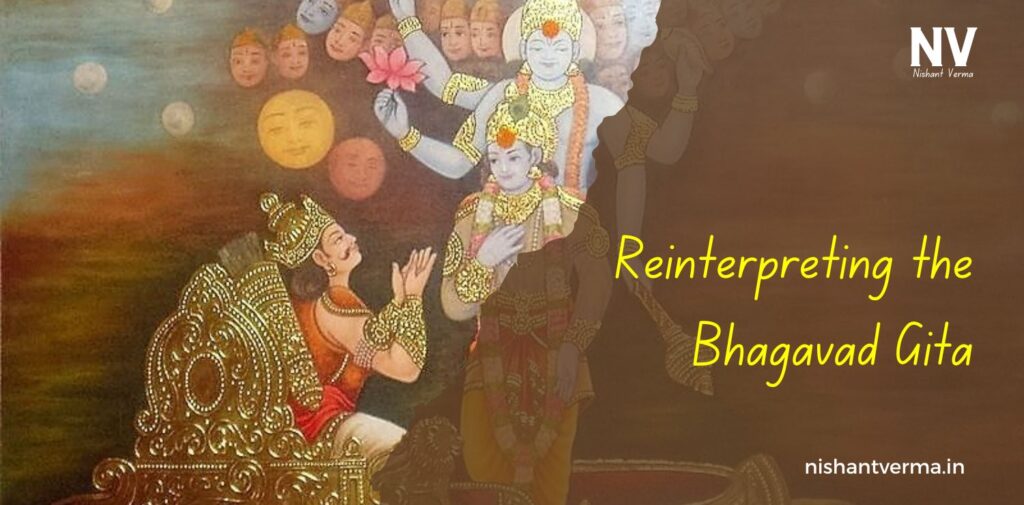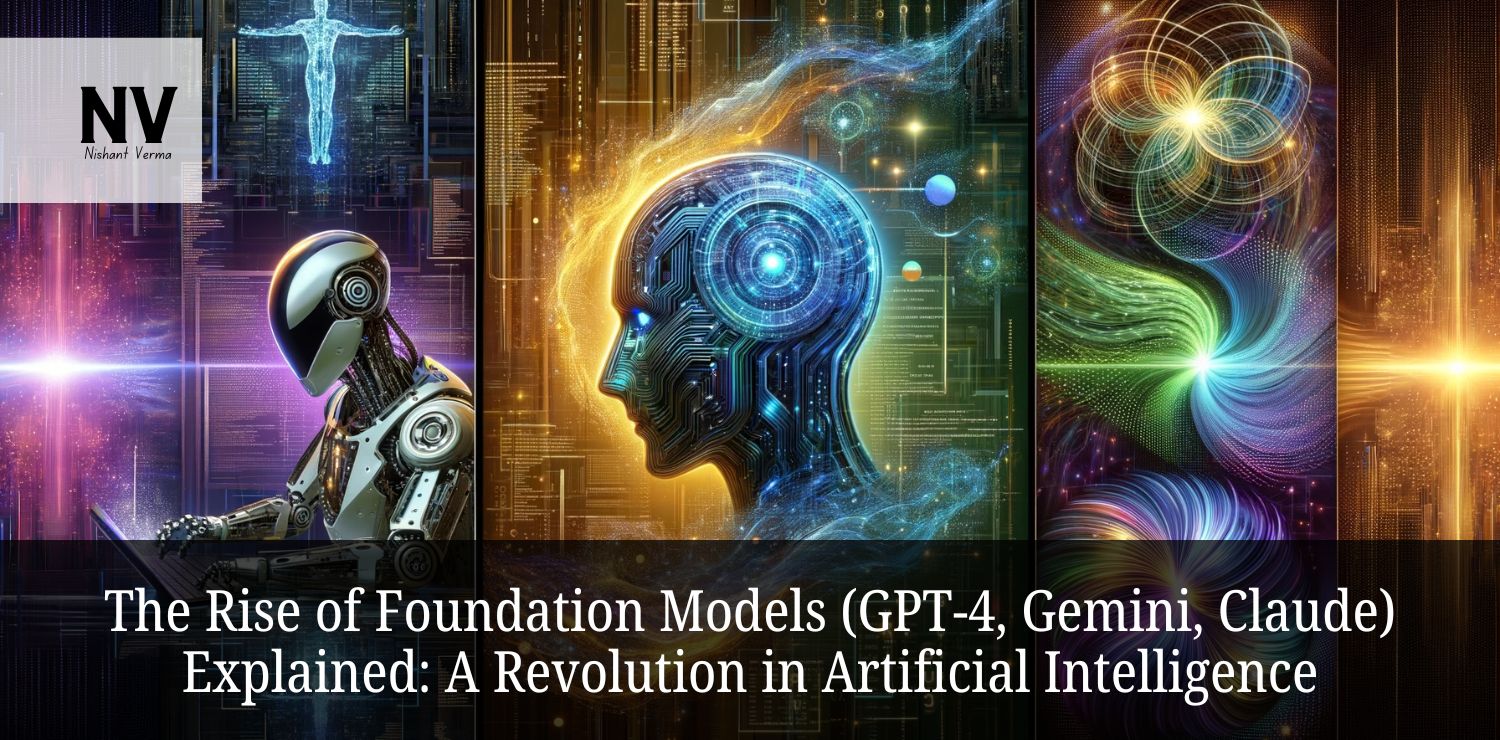The Bhagavad Gita, a 700-verse scripture that is part of the ancient Hindu epic Mahabharata, is one of the most widely read and studied texts in the world. For centuries, it has been revered as a spiritual guide that provides insight into life, duty, righteousness, and the nature of existence. Traditionally, the Gita has been seen as a spiritual and philosophical text, offering guidance on how individuals can achieve liberation (moksha) through devotion, knowledge, and righteous action.
However, in today’s world, as the call for social justice grows louder across societies, people are beginning to look at the Gita in a new light. Can its teachings be reinterpreted to address social issues like inequality, discrimination, poverty, and injustice? Can the wisdom of the Gita be applied to fight for justice and equality in society?
This article explores how the Bhagavad Gita, traditionally viewed as a guide to personal spirituality, might also serve as a tool for promoting social justice.
Understanding the Bhagavad Gita’s Core Teachings
To explore whether the Gita can be a tool for social justice, it is important to first understand its core teachings. The Bhagavad Gita is a conversation between Prince Arjuna and Lord Krishna, who serves as his charioteer. As Arjuna faces a moral crisis on the battlefield of Kurukshetra, he is torn between his duty as a warrior and his desire to avoid the destruction of his loved ones. Krishna imparts profound wisdom to Arjuna on topics such as dharma (duty), karma (action), bhakti (devotion), and jnana (knowledge).
At its heart, the Gita teaches that individuals should act selflessly, without attachment to the fruits of their actions. It emphasizes the importance of performing one’s duty (dharma) righteously, regardless of the challenges or consequences. It also encourages a life of compassion, humility, and devotion to the divine.
While these teachings are often interpreted as personal spiritual guidance, they also contain deep moral and ethical lessons that can be applied to society. The question is: can these teachings be applied in the fight for social justice?

Gita’s Relevance in the Modern Struggle for Social Justice
Supporters of the idea that the Gita can be a tool for social justice point to several key aspects of the text that can be interpreted in ways that promote equality, fairness, and social welfare. Here are some points that suggest the Gita’s relevance in the modern struggle for social justice:
Importance of Righteous Action (Karma Yoga)
One of the most important teachings of the Bhagavad Gita is the concept of Karma Yoga, which means selfless action. Krishna advises Arjuna to perform his duty without any attachment to the results. This means that one should work for the benefit of others, without expecting rewards, fame, or recognition.
In the context of social justice, this teaching encourages individuals and leaders to work for the welfare of society, especially the marginalized and oppressed, without seeking personal gain. It calls for action driven by a sense of moral duty rather than selfish interests. Social justice advocates can take inspiration from this teaching, urging people to fight for the rights and dignity of others, especially those suffering from poverty, discrimination, or exploitation.
Equality and Non-Discrimination (Egalitarian Principles)
The Gita promotes the idea that all living beings are part of the same divine essence, which implies a fundamental equality among all people. In Chapter 5, Verse 18, Krishna says, “The wise see the same in all—their friend, their companion, and the enemy, the upright and the lowly, the pure and the impure.” This teaching can be interpreted to mean that all human beings, regardless of their social or economic status, are equally deserving of respect, dignity, and justice.
From this perspective, the Gita advocates a vision of a society where there is no place for caste-based discrimination, untouchability, or oppression. The idea of social equality is embedded in the Gita’s teachings, urging us to treat all people with the same respect, regardless of their background. Therefore, those fighting for social justice can draw from Gita’s core message to argue against social hierarchies, untouchability, and caste-based discrimination, promoting a society where everyone has equal rights and opportunities.

Compassion and Empathy (Bhakti and Devotion)
Krishna teaches Arjuna about Bhakti Yoga—the path of devotion and love for the divine. This teaching emphasizes the importance of compassion, empathy, and service to others. Bhakti is not just about devotion to a deity; it is about seeing the divine presence in all living beings and serving them with love and humility.
In the context of social justice, this teaching can inspire individuals to fight for the rights of the marginalized and oppressed, recognizing the divine presence in every person, especially those suffering from injustice. This path of love and service can motivate activists and social reformers to dedicate themselves to uplifting the underprivileged, fighting against exploitation, and working for a more compassionate society.
The Concept of Dharma (Moral Duty)
Dharma, or righteous duty, is another key theme of the Gita. Krishna advises Arjuna to fight in the battle because it is his moral duty as a warrior. However, the Gita makes it clear that dharma is not about blind obedience to tradition; it is about making ethical and moral choices that promote the welfare of all beings.
In modern times, the concept of dharma can be applied to the fight for justice and equality. Just as Arjuna’s duty was to fight for justice on the battlefield, individuals today have a moral duty to stand up for the oppressed, challenge unjust systems, and work toward a more equitable society. Social justice is, in many ways, a form of dharma that calls upon people to act according to what is right and just, even if it means challenging established norms.

Non-Attachment to Results (Freedom from Fear and Injustice)
Krishna encourages Arjuna to act without attachment to the results of his actions. This teaching is about letting go of fear and anxiety, which often prevent individuals from standing up against injustice. When people are attached to the outcomes of their actions—such as the fear of losing social status, wealth, or power—they may hesitate to fight for what is right.
The Gita’s teaching on non-attachment can be seen as a call to social justice activists to act courageously and fearlessly, without worrying about the consequences. It encourages them to prioritize the cause of justice above personal interests or safety. In this way, the Gita supports the idea of standing up for what is right, even in the face of adversity.
Reinterpreting the Gita: A New Perspective for Justice
Reinterpreting the Bhagavad Gita in the context of social justice does not mean distorting its original teachings. Rather, it means applying its timeless wisdom to contemporary issues, such as inequality, oppression, and injustice. While the Gita is a spiritual text, its ethical teachings have a profound relevance in today’s world.
The Gita offers valuable insights into the importance of selfless action, compassion, equality, and moral duty—all of which are fundamental to the pursuit of social justice. By focusing on these aspects, the Gita can be a powerful tool for those who seek to create a more just, fair, and inclusive society.
Conclusion
The Bhagavad Gita, traditionally seen as a guide to personal spirituality, also contains profound teachings that can inspire and guide individuals in their quest for social justice. Whether it is the call to act selflessly for the benefit of others, the promotion of equality and non-discrimination, or the emphasis on compassion and moral duty, Gita’s teachings offer a powerful framework for addressing social injustice.
In this way, the Bhagavad Gita can serve not only as a spiritual text but as a tool for social change, urging us to fight for a just and compassionate society, where the dignity and rights of all people are upheld. By reinterpreting the Gita in the context of social justice, we can unlock its potential to inspire positive change in the world.




